Eco house – Margi and Charlie Madden
Posted by boatman on Feb 16, 2016 in Blog | 0 comments
Good design for thermal comfort is based on the following five principles:
- Orientation of the main living areas towards the north, to allow the sun in in winter, and not in summer.
-
Double glazing to trap the sun’s warmth in winter, and reduce heat gain or loss.
-
Thermal mass to store the heat from the sun in winter, and “coolth” in summer
-
Insulation to reduce unwanted heat loss or heat gain
-
Ventilation
Orientation – the most important aspect of a new build
If the house is due north and the eaves are right the sun doesn’t come into the house in summer except on the east and west sides
Sun’s movement across the sky in winter
As the sun is lower, it comes in the northern windows and warms the floor
Winter sun reaching into the house and warming the floor
North side of house showing summer sun not coming into the house at all
Other cities at different latitudes have different angles
- Windows trap the sun’s heat which passes through glass and warms the room. The room’s heat doesn’t pass out again through glass.
- Great in winter, not in summer, so most windows face north, and only a minimum to east and west, which get morning and afternoon sun
 Windows should be shaded in summer
Windows should be shaded in summer
- Deciduous trees
- Pergola with deciduous vines
- Wide verandahs or eaves, outside blinds
Windows should be insulated in winter
- Double glazing
- Curtains on inside
Thermal mass
Brick, concrete, stone and earth take a long time to heat up, and cool down.
They collect and store the sun’s energy in winter and store “coolness” in summer
- Dark tiles better than carpet or wood
- Internal brick or stone walls
- Our house is often 10 degrees cooler than outside (sometimes 14 degrees) on a hot day, and 8-10 degrees warmer on a cold day.
The sandstone wall has thermal mass ie it stores heat in winter and ‘coolness’ in summer. The cement slab also does this. Notice the sun streaming in on a winter day, right across the floor.
Moderately dark tiles chosen to absorb more of the sun’s heat on a winter day.
Easily felt with bare feet
Insulation and R value – higher is better
-Solid materials transfer heat at a greater rate (have a lower R value) than materials that have air trapped inside them.
-Straw bale walls have an R value of between 8 and 10.
- Timber framed insulated walls are around R1.5,
- insulated brick veneer R2,
- uninsulated brick veneer R0.5,
- mud brick less than R1.0,
- rammed earth less than R1.0
- Pink batts – 2.5 to 6 depending on thickness
Straw bales in the walls held down with tape
Cement lime render – 3 layers
No paint – just the natural sand colour
What about fire?
Strawbales once erected and rendered are highly fire resistant.
Setting fire to a completed strawbale wall is like burning a telephone book, as no air can get in.
Testing of rendered straw bale wall by CSIRO
The wooden frame was designed to fit the straw bales neatly between them.
The roof faces north to get the most sun on the solar panels
Ventilation
- Windows and doors that can open and allow cooling breezes across the house.
- Clerestory windows that can be opened electrically, to let out the upper hot air
- Rendered strawbale walls breathe, so moisture is not a problem, even in a damp climate.
Water
- 3 rainwater tanks with 25,000 litres, meets all household needs most of the year, with town water when we run out.
- Grey water reuse – laundry, bathroom water is distributed by a special pump to the garden via purple pipes
- Special shampoos, detergents etc that are grey water safe – ie low in sodium and phosphate to avoid damage to plants
Energy
- 5 kw solar panels on roof – still grid connected but dreaming of batteries soon
- Electric car Mitubishi iMiev. When I bought it 3 years ago it was the most fuel efficient 4 seater in the world. Charged from a power point in the carport, mostly in daytime when we have spare free electricity
- Hot water heating – heat pump is apparently even more efficient than solar hot water. Works like a fridge in reverse – takes heat out of the air into the water
-Underfloor heating
- not needed much
- Heat the lower half of the room not the ceiling
- warmth at a lower overall temperature
- 15 percent more efficient than conventional radiators
-Ceiling fans – wonderfully effective
-Reverse cycle air conditioning – not needed much, eg only at end of a hot day
-Ugg boots and jumpers when needed
- Has no water.
- Extractor fan evaporates it all.
- Mulch with peat moss added
- Every few months a trayful of dry stuff is buried in the garden.
- Saves 50,000 litres water per person per year
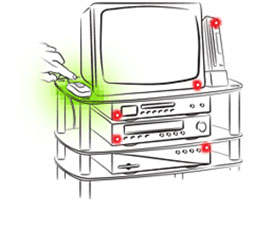
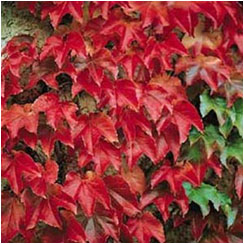 Retrofitting – not everyone can do a new house
Retrofitting – not everyone can do a new house
- First stop drafts – the most cost effective change. Door and window seals can make a cold house much better – you don’t have to freeze in winter
- Turn off standby power – TVs, microwaves, washing machines, phone chargers could be costing you $100 a year – get a special switch that’s easy to reach.
- Insulate ceiling
- Change to LEDs or compact fluoro lights
- Plant deciduous trees and vines to shade the house, eg Boston Ivy
One 4 person household in Melbourne made these changes and are saving hundreds of dollars per year
- LED and CFL lighting and fittings: $350 spent, saving $100-$120 a year.
- Draught sealing: $150 spent for a yearly saving of about $100 in heating and cooling costs.
- Removable shading: $100 spent to make shades, saving annually $100-$200 in heating and cooling costs.
- Insulation: $200 spent on missing insulation, for an estimated saving of $30-$40 a year.
- Powerboards with switches: $80 spent with savings of over $200 a year on standby power not used.
- Re-usable batteries and chargers: $250 spent for a saving of at least $60 a year.
Why aren’t we doing it?
- The problem is in our mind. The technology is all there, now.
- Its just a matter of actually doing it.
- Even if you don’t think climate change is caused by humans, we still have a responsibility to the environment and to each other, to reduce pollution and improve energy efficiency
- We can all make our houses more comfortable to live in, warmer in winter, cooler in summer and cheaper to run
- The time is past for excuses like
- I’m too old, I’m too poor
- It won’t affect me
- I’m too busy
- What difference will one person make?
What difference does one household make?
- By 2014 average electricity use per household was between 10-15% lower than in 2010, almost identical in all Australian states.
- The major causes of the fall in demand are energy efficiency measures and higher electricity prices.
- A small contribution is made by electricity generated by rooftop solar panels.
Report from The Australia Institute










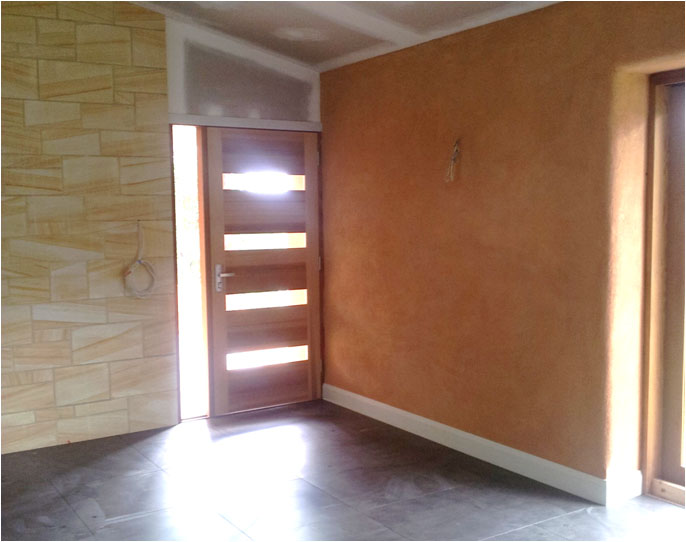



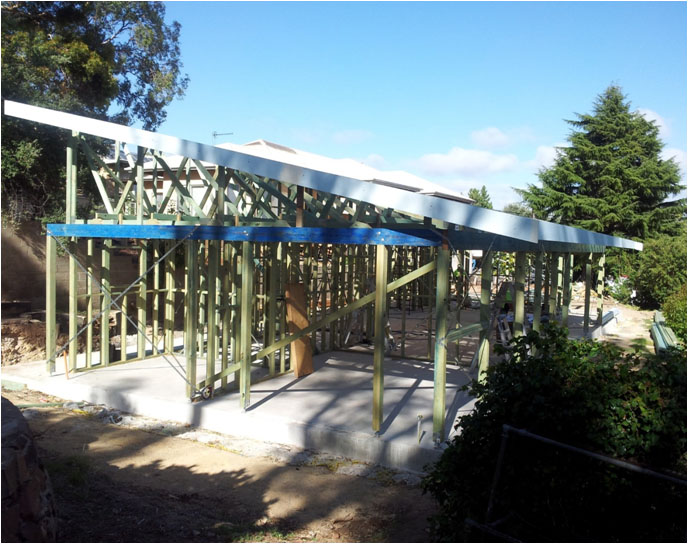
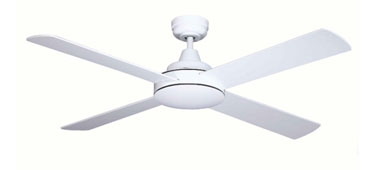
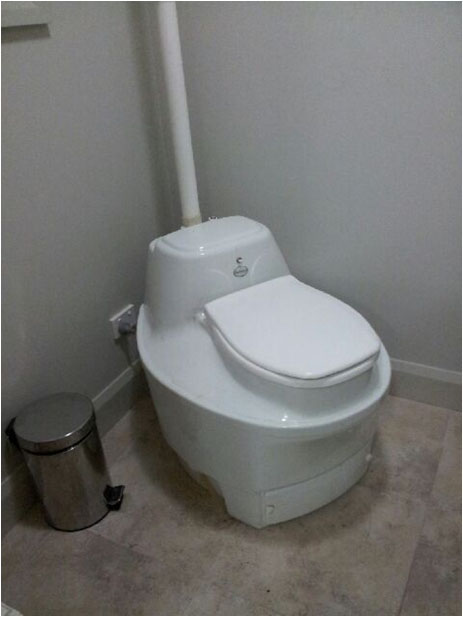
 Water boatman is a unit on the water, that takes in polluted or sea water, distills it & either stores the pure water – or pumps it ashore. Water boatman is a unit on the water, that takes in polluted or sea water, distills it & either stores the pure water – or pumps it ashore.
Water boatman is a unit on the water, that takes in polluted or sea water, distills it & either stores the pure water – or pumps it ashore. Water boatman is a unit on the water, that takes in polluted or sea water, distills it & either stores the pure water – or pumps it ashore.